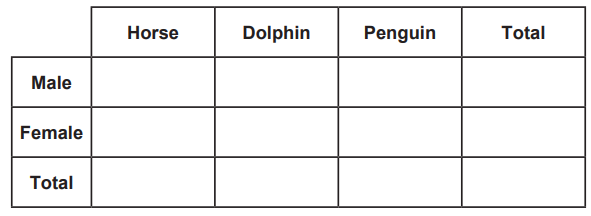This exam was adminstered in January 2023.
More Regents problems.
Algebra 2 January 2023
Part IV: A correct answer will receive 6 credits. Partial credit can be earned. One computational mistake will lose 1 point. A conceptual error will generally lose 2 points (unless the rubric states otherwise). It is sometimes possible to get 1 point for a correct answer with no correct work shown.
37. A Objects cool at different rates based on the formula below.
Mark makes T-shirts using a hot press to transfer designs to the shirts. He removes a shirt from
a press that heats the shirt to 400°F. The rate of cooling for the shirt is 0.0735 and the room
temperature is 75°F. Using this information, write an equation for the temperature of the shirt,
T, after t minutes.
Use the equation to find the temperature of the shirt, to the nearest degree, after five minutes.
At the same time, Mark’s friend Jeanine removes a hoodie from a press that heats the hoodie to
450°F. After eight minutes, the hoodie measured 270°F. The room temperature is still 75°F.
Determine the rate of cooling of the hoodie, to the nearest ten thousandth.
The T-shirt and hoodie were removed at the same time. Determine when the temperature will be
the same, to the nearest minute.
Answer:
Write the equation substituting all values that we know. You should only have t remaining (and the letter e -- don't replace that with a number).
The equation will be T = (400 - 75)e-.0735t + 75.
For the second part, substitute t = 5 and evaluate in your calculator:
T = (400 - 75)e-.0735(5) + 75 = 300.05058... = 300 degrees
In the next part, you are given T and t but you need to find r:
270 = (450 - 75)e-r(8) + 75
195 = (375)e-8r
195/375 = e-8r
loge 195/375 = -8r
r = (loge 195/375)/(-8)
r = 0.08174... = 0.0817.
For the last piece, we need to find t when the two expressions will be equal:
(375)e-0.0817t + 75 = (325)e-0.0735t + 75
(375)e-0.0817t = (325)e-0.0735t
e-0.0817t = (325/375)e-0.0735t
e-0.0817t / e-0.0735t = 13/15
e-0.0082t = 13/15
ln 13/15 = -0.0082t
t = (ln 13/15) / (-0.0082) = 17.451...
About 17 minutes.
You could also have plugged each equation into your graphing calculator and compared the tables of values of the two equations. The intersection would happen at approximately 17 minutes. This will receive full credit if you explain where you got the answer from and likely allows fewer opportunites for mistakes.
As it is, I worked it out just to be sure that I could work it out. And in the end, I had an incorrect answer from putting the last step into the calculator incorrectly. Thankfully, I double-checked my work and discovered an error. Then I had to figure which of the two was incorrect!
End of Exam
How did you do?
More to come. Comments and questions welcome.
More Regents problems.
I also write Fiction!You can now order my newest book Burke's Lore, Briefs: A Heavenly Date / My Damned Best Friend, written by Christopher J. Burke, which contains the aforementioned story and a bonus story. Order the softcover or ebook at Amazon. |
 |
|
|
Also, check out In A Flash 2020, by Christopher J. Burke for 20 great flash fiction stories, perfectly sized for your train rides. Available in softcover or ebook at Amazon. If you enjoy it, please consider leaving a rating or review on Amazon or on Good Reads. |
 |
 |






































